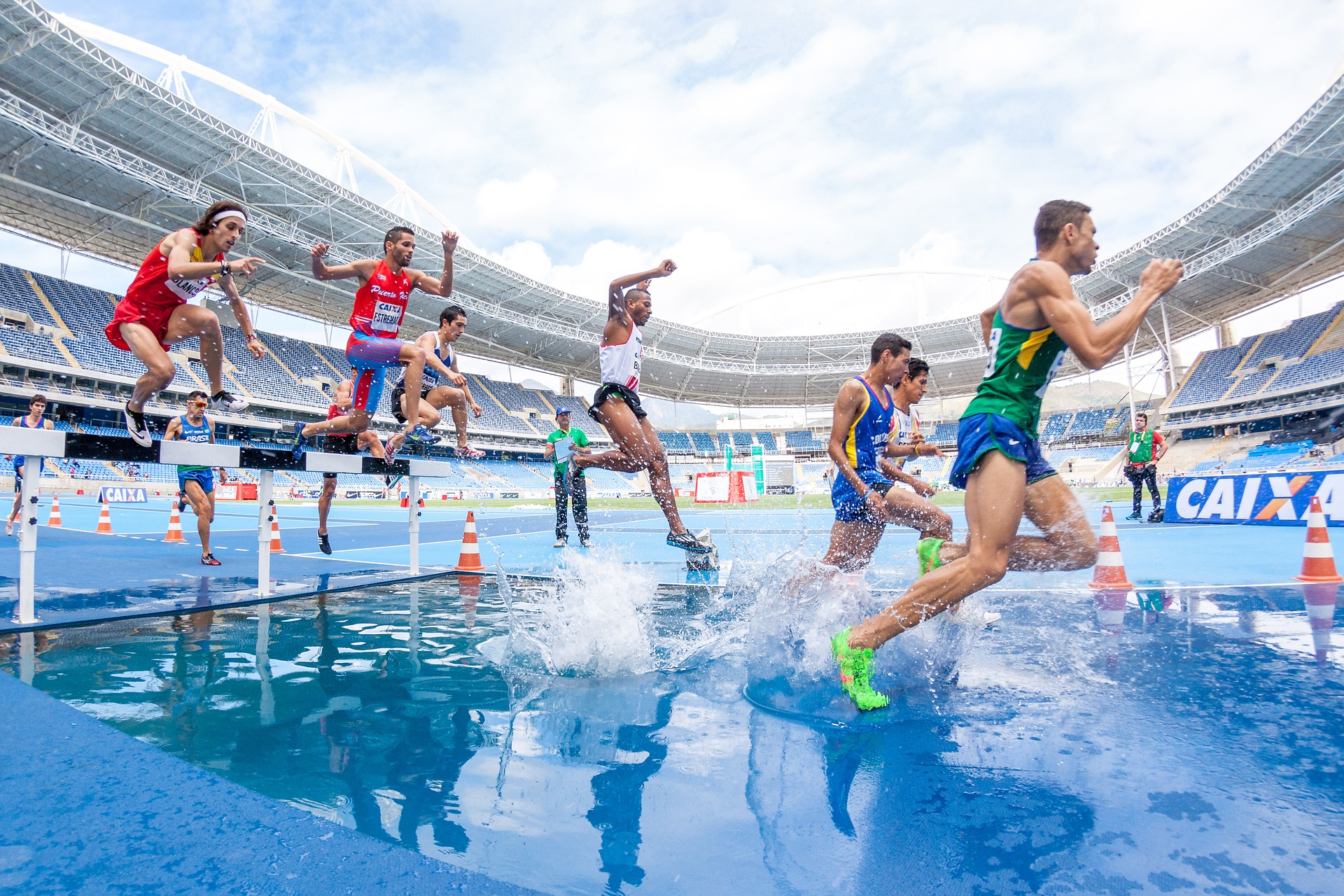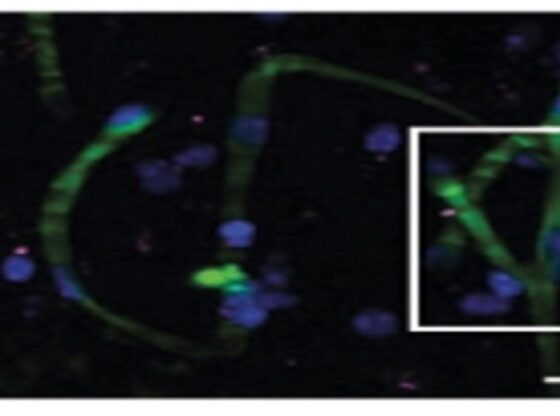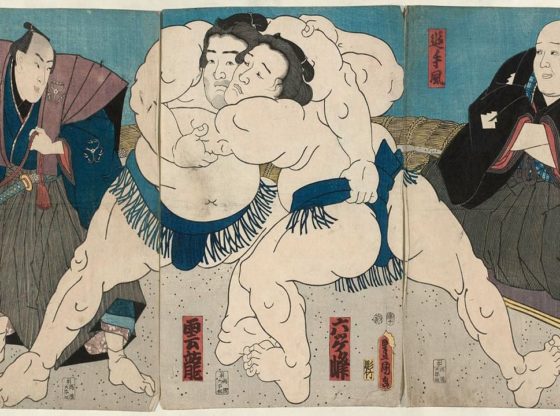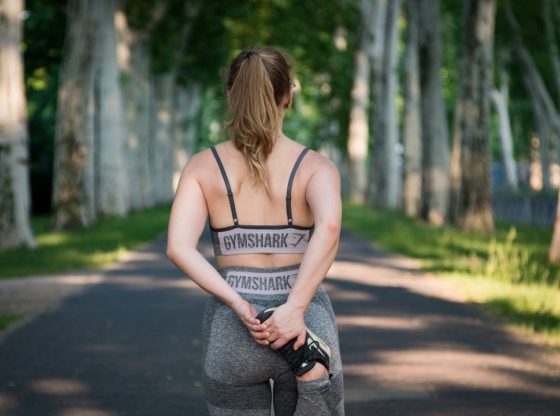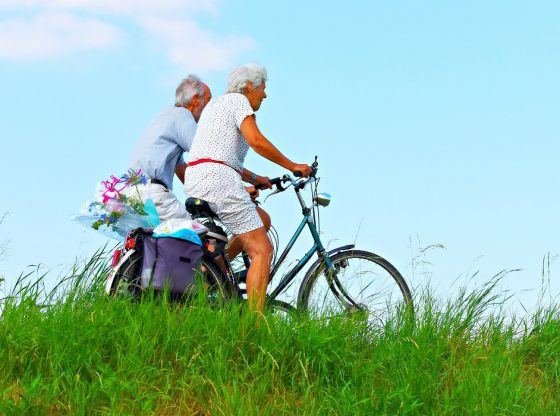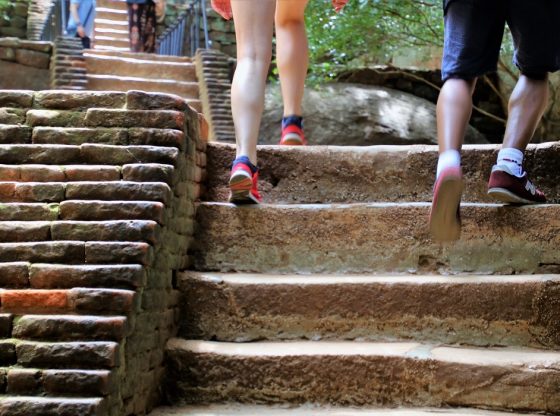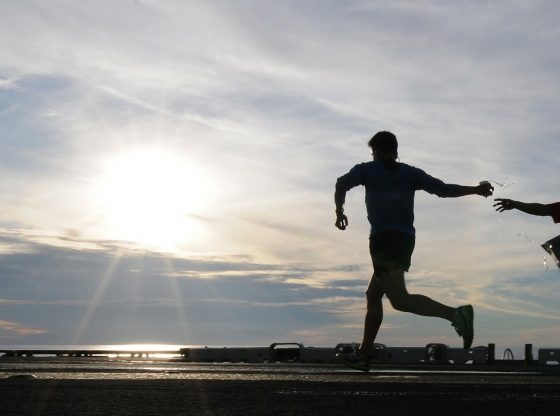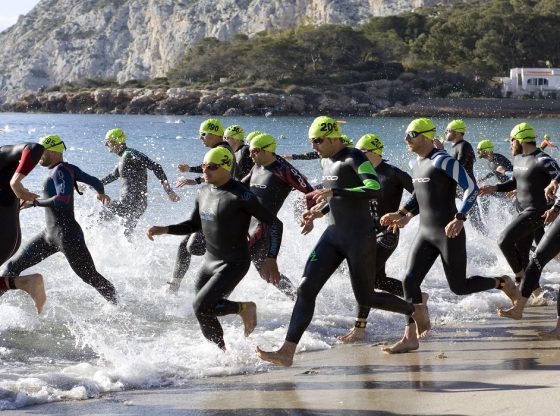New research has identified a type of bacteria found in the microbiomes of elite athletes that contributes to improved capacity for exercise. The bacteria (genus Veillonella) are not found in the guts of sedentary people.
Microbes that flourished in the guts of some runners after a marathon boosted the time that lab mice ran on a treadmill, researchers report June 24 in Nature Medicine.
The research is unique in that – unlike most studies of the microbiome that rely on correlation – this work shows direct causality between specific bacteria, as well as the products that they make, can improve athletic performance in mice.
The research team collected stool samples from 15 elite runners for five days before and after they ran in the 2015 Boston Marathon and compared the samples’ microbial makeup with that of poop collected from 10 nonrunners.
The samples from the runners showed a bump in the abundance of bacteria from the genus Veillonella after the race. The team also saw an increase in Veillonella in a group of 87 ultramarathoners and Olympic trial rowers after a workout.
“Having increased exercise capacity is a strong predictor of overall health and protection against cardiovascular disease, diabetes, and overall longevity,”
– Aleksandar D. Kostic Ph.D., TITLE., a co-author on the paper.
The research began in 2015 with fecal samples from Boston Marathon runners. With Jonathan Scheiman, Ph.D., then a researcher in the lab of George Church, Ph.D., at Harvard Medical School, collected samples during a time span of one week before the Marathon to one week after the Marathon. He also collected samples from sedentary individuals. Dr. Scheiman then brought the samples to Dr. Kostic, who analyzed them to determine the species of bacteria in both cohorts.
The results showed that Veillonella species were far more abundant in the runners’ samples post-marathon than they were pre-marathon, and were also more prevalent among the runners than among non-runners.
“One of the things that immediately caught our attention was this single organism, Veillonella, that was clearly enriched in abundance immediately after the marathon in the runners,”
“Veillonella is also at higher abundance in the marathon runners [in general] than it is in sedentary individuals.”
– Kostic stated.
The researchers then gave experimental mice a strain of ‘V. atypica’ isolated directly from one of the runners, the treated animals were able to run for much longer than control mice. “Mice treated with ‘V. atypica’ ran, on average, 13% longer than the control group,” the authors write.
This species of bacteria ‘Veillonella’ use lactic acid (lactate) as their primary food source, which they metabolize into the SCFAs acetate and propionate.
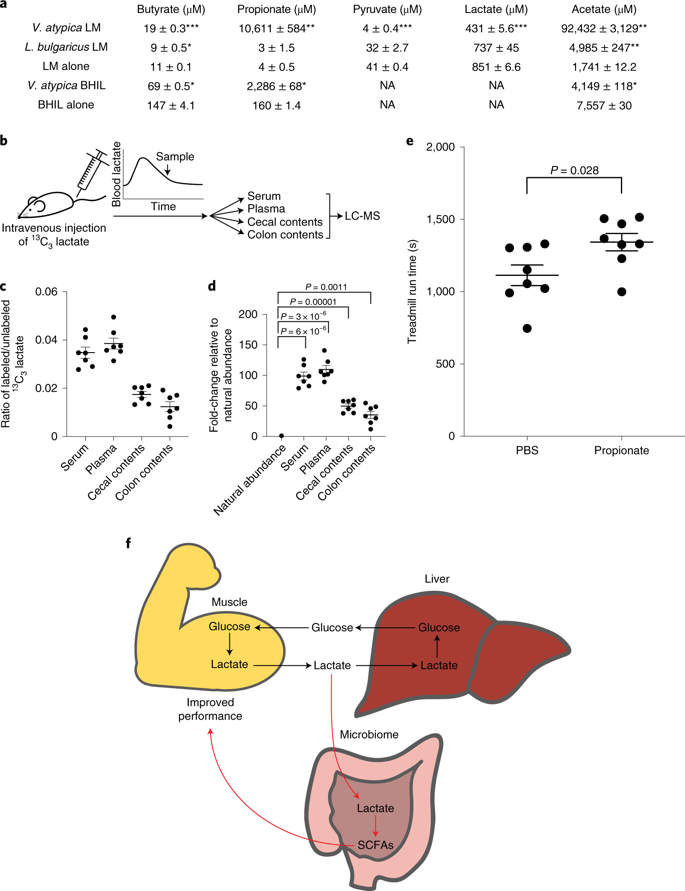
Since lactic acid is produced by and accumulates in muscles during prolonged strenuous exercise when oxygen is lacking, so it seemed feasible that Veillonella-related improvements in exercise performance might be related to the bacterium’s ability to remove excess lactic acid.
It’s not clear whether these microbes bloom after exercise in the vast majority of people who aren’t elite athletes. But perhaps probiotics — pills or food supplements — may be able to bring these microbes to the masses.
Several of the study authors are now part of the company FitBiomics, which is exploring probiotic supplements, and have filed a patent application for ones that could include Veillonella and other possibly exercise-enhancing microbes.
Reference:
Jonathan Scheiman et al. Meta-omics analysis of elite athletes identifies a performance-enhancing microbe that functions via lactate metabolism DOI: https://doi.org/10.1038/s41591-019-0485-4

